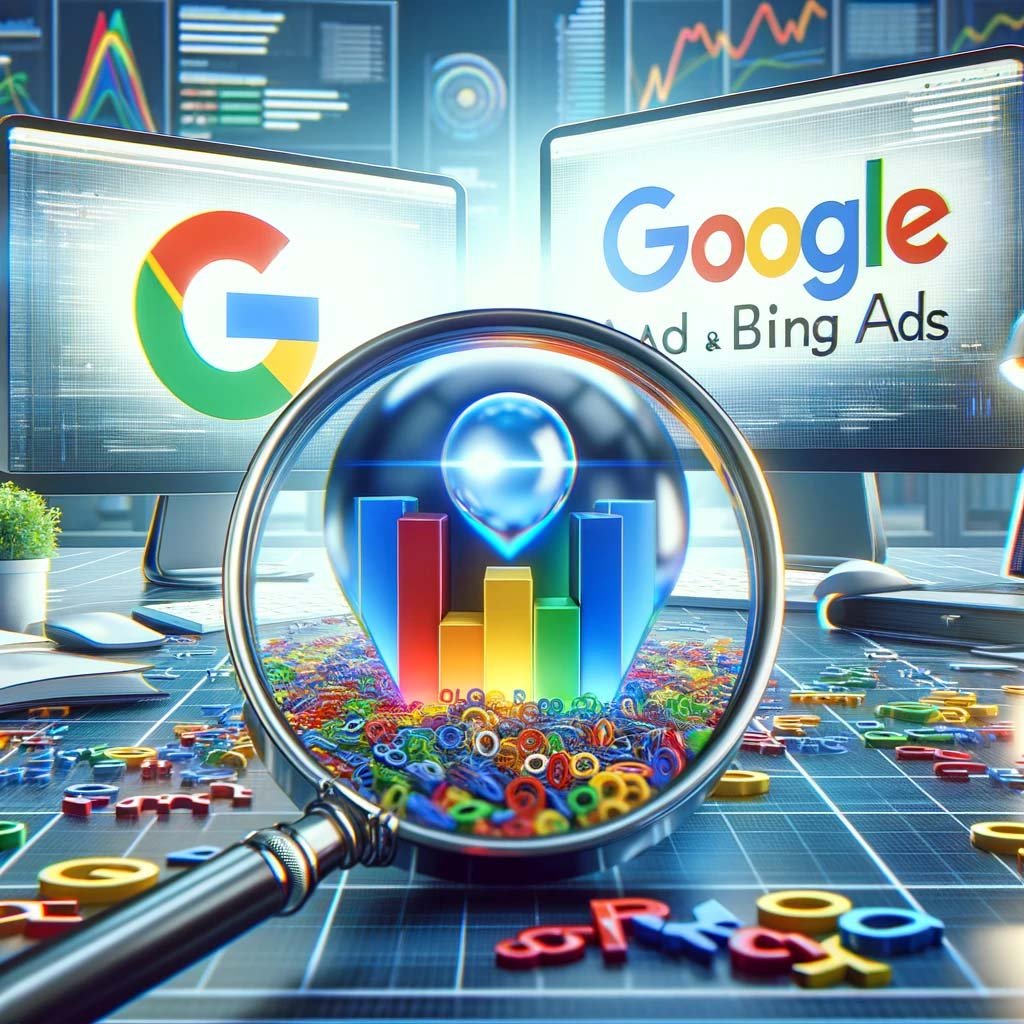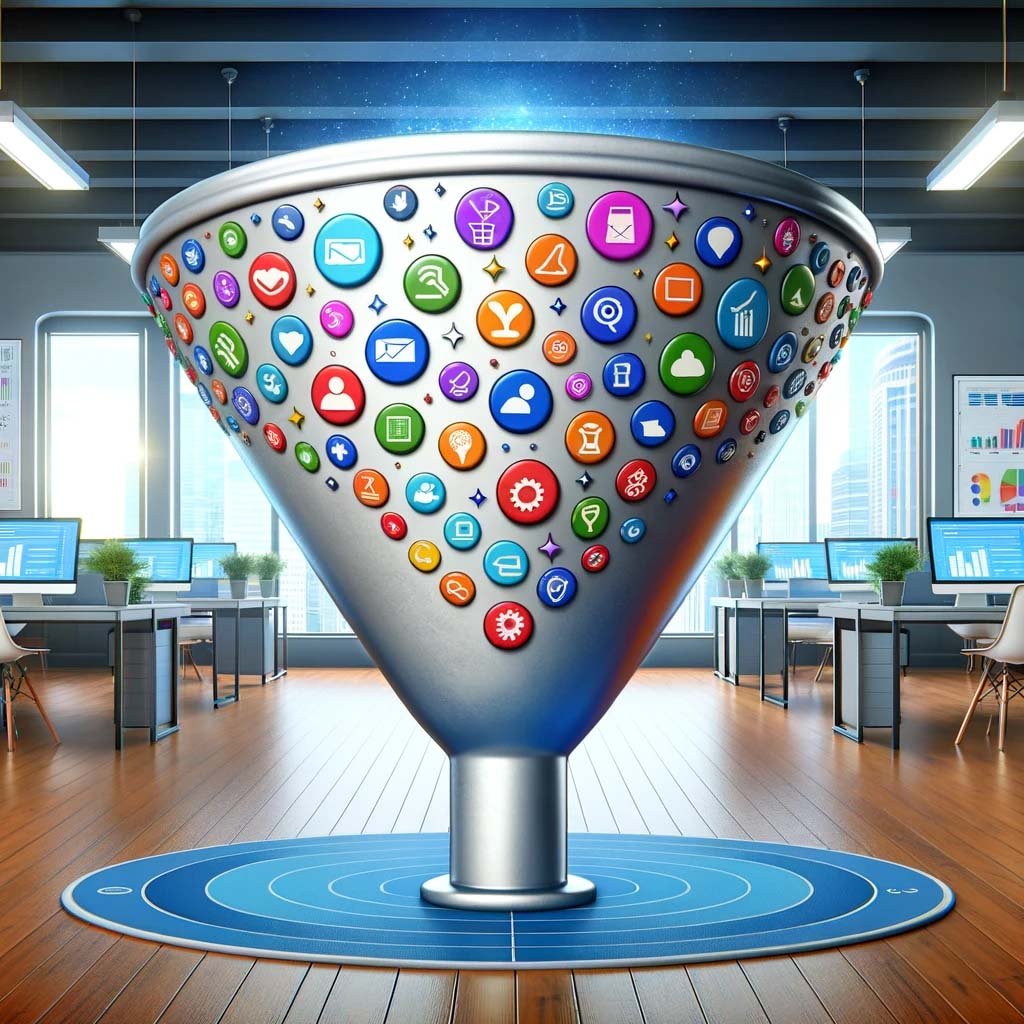
In today’s digitally-driven world, keywords are more than mere words; they are the backbone of search engine optimization or any SEM and play a pivotal role in connecting businesses with their potential audience. By targeting the right keywords in Google Ads or for SEO, your company can enhance their online visibility and reach customers at different stages of their purchasing journey.
These keywords can be categorized into three main types:
Each category serves a distinct purpose in moving potential customers through the sales funnel.
If your company does not use the right strategy for targeting keywords, your business is at risk of losing valuable leads and customers. A tailored approach ensures that the content reaches the right audience at the right time, nurturing them from mere interest to conversion.
The sales funnel is a metaphor to describe the journey of a buyer, from the initial awareness stage through interest, consideration, intent, evaluation, and finally, the purchase or the service. It’s a system that gives a general approach for understanding and catering to the customers’ needs and desires at various stages.
Different stages of the funnel require distinct marketing strategies. By recognizing the unique needs of customers at each phase, businesses can create personalized, effective interactions that drive conversions.

Top of the Funnel Keywords are designed to attract a wide audience, creating awareness about a brand, product, or service. They often align with the early stages of a buyer’s journey, where people are identifying their needs or problems.

Middle of the Funnel Keywords target prospects who are already aware of their needs and are looking for solutions. This stage is all about nurturing leads and building trust.

Bottom of the Funnel Keywords are the final push towards conversion. They target individuals who have moved through the awareness and consideration stages and are now ready to make a purchase decision.
Here at Blue Sky Advertisement, we usually follow these simple rules for using the different kinds of keyword funnel types:
If the client has a small budget and is a service industry we target only bottom of the funnel keywords
if the client has a medium sized budget we set up a bottom of the funnel keyword theme and a middle-of-the-funnel keyword theme or a separate campaign. Medium of the funnel keywords can also help you get more data on what type of search queries bring in conversions.
If the client’s service or product is not very well known or people have not heard of it before we set up a top of the funnel Google Ads or Bing Ads keyword theme. Usually using broad and phrase match keywords.
What kind of keywords you should use is highly based on your Google Ads or Bings Ads budget.
Looking for a Google Ads Management Company? We have been in the game for over 4 years and manage over 25+ accounts ranging from service industries to eCommerce.
These keywords represent different stages in the buyer’s journey. Top of the funnel targets awareness, middle focuses on consideration, and bottom aims at conversions.
By focusing on essential design elements like user-friendliness, responsive design, visual appeal, and SEO optimization, you can build a budget-friendly yet effective website.
Tools like Google Analytics, SEMrush, and specific keyword tracking platforms can assist in researching, implementing, and managing funnel keywords.
Mistakes include targeting too broad or too competitive keywords, ignoring user intent, neglecting the user experience, and failing to regularly analyze and update keyword strategies.
By tracking metrics such as conversion rate, click-through rate, ROI, and aligning them with business objectives, you can measure the success and effectiveness of your strategy.